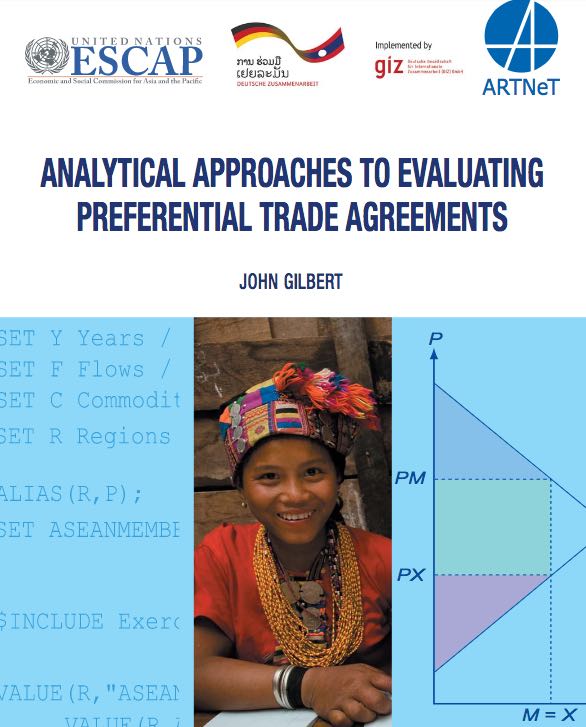Analytical Approaches to Evaluating Preferential Trade Agreements

Among the most notable recent developments in the trading environment of the Asia-Pacific region has been the proliferation of preferential trading arrangements (PTAs). Many of the agreements are bilateral, involving small, developing Asia-Pacific economies partnering with other similar economies, and in some cases with the major economic powerhouses (Japan, United States, and China). A number of very large trade agreements, involving multiple economies in the region, are also under consideration. The configurations are multiplying rapidly, resulting in a bewildering array of overlapping proposals in the Asia-Pacific region.
As is well-known, PTAs represent a ‘second-best’ approach to trade liberalization and as such have the potential to divert trade and investment and inflict economic welfare losses on member and non-member countries alike. Hence, it is essential to provide a framework of analysis for assessing PTA developments in order to provide stakeholders (government, researchers and policy analysts) with the tools necessary to analyze the development of PTAs and to make informed policy decisions. The objective of this resource book is to help develop capacity within the Asia-Pacific economies on the usage of analytical methods as a tool for providing timely and policy relevant information to the policy development process as it pertains to negotiating preferential trading agreements and more broadly. The resource book complements other existing publications including Mikic and Gilbert (2009), Plummer et al. (2010), and Shepherd (2013).
Download the accompanying codes
